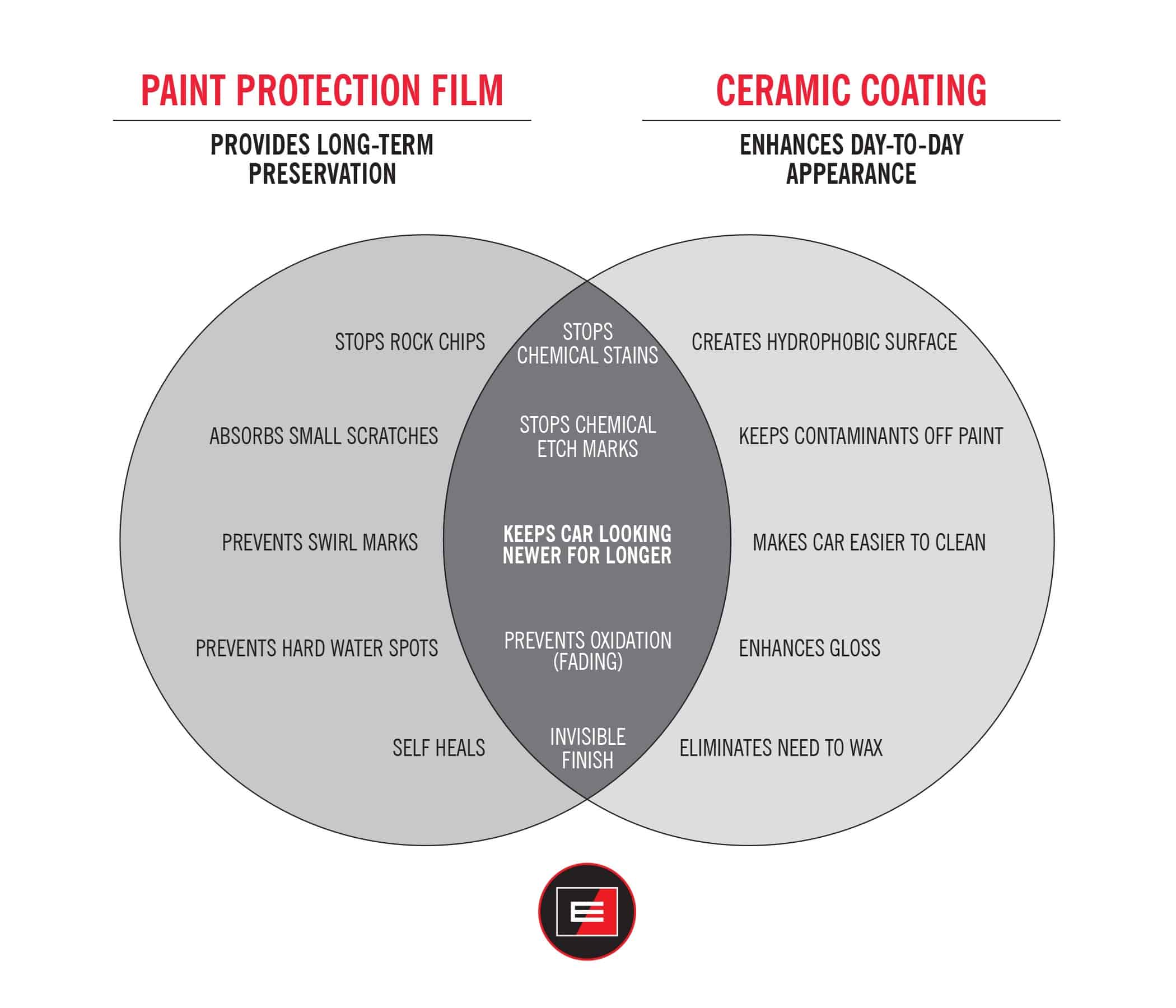As an Amazon Associate, I earn from qualifying purchases at no extra cost to you.
Pros And Cons of Header Wrap Versus Ceramic Coating?
Header wrap provides better heat retention but can lead to moisture retention, causing corrosion. Ceramic coating offers heat dissipation and protects against corrosion, ensuring longevity and improved aesthetic appeal for the vehicle exhaust system.
Header wrap and ceramic coating are two popular options that car enthusiasts often consider when looking to enhance the performance and appearance of their vehicle exhaust systems. Both methods have their own set of pros and cons that should be taken into consideration before making a decision.
We will explore the advantages and disadvantages of using header wrap versus ceramic coating, helping you make an informed choice for your vehicle customization needs.

Credit: www.exclusivepaintprotection.com
Header Wrap
When it comes to enhancing the performance and durability of your vehicle’s exhaust system, two popular options are header wrap and ceramic coating. In this article, we’ll explore the pros and cons of header wrap and how it stacks up against ceramic coating.
Pros Of Header Wrap
- Helps Reduce Under-Hood Temperatures – Header wrap can significantly lower the temperature under the hood, especially in performance vehicles, which can help protect nearby components from heat damage.
- Improves Exhaust Velocity – By retaining heat within the headers, the exhaust gases maintain their velocity, promoting better flow and potentially improving engine performance.
- Cost-Effective Solution – Header wrap is generally more affordable than ceramic coating, making it an attractive option for those on a budget.
Cons Of Header Wrap
- Can Promote Corrosion – Moisture can become trapped under the wrap, leading to potential rust and corrosion on the exhaust system.
- Difficult to Install – Proper installation of header wrap requires patience and precision, and if not done correctly, it can lead to an uneven and unappealing appearance.
- Maintenance Concerns – Repeated cycling of heat can cause the header wrap to deteriorate over time, requiring regular monitoring and potential replacement.

Credit: m.youtube.com
Ceramic Coating
Ceramic coating is a popular choice for protecting headers as it provides a durable and long-lasting shield against heat and corrosion.
Pros Of Ceramic Coating
- Superior Heat Resistance
- Longevity
- Enhanced Aesthetics
- Ease of Maintenance
- Protection Against Corrosion
Cons Of Ceramic Coating
- Costly Installation
- Professional Application Required
- Limited DIY Options
- Potential for Surface Damage
- Not Permanent, May Require Reapplication
Comparison
The comparison between Header Wrap and Ceramic Coating lies in their heat resistance, longevity, aesthetics, and installation process.
Heat Resistance
- Header Wrap: Provides good heat insulation but can trap moisture and accelerate corrosion.
- Ceramic Coating: Heat-resistant up to 2000°F without retaining moisture.
Longevity
- Header Wrap: Prone to deterioration over time due to exposure to heat and moisture.
- Ceramic Coating: Offers long-lasting protection and durability, maintaining its effectiveness for years.
Aesthetics
- Header Wrap: Gives a traditional, industrial look but can discolor and collect dirt.
- Ceramic Coating: Enhances the appearance with a smooth and glossy finish that is easy to clean.
Installation Process
- Header Wrap: Requires meticulous wrapping and securing, often requiring reapplication over time.
- Ceramic Coating: Applied as a liquid and cures into a protective layer, offering a simpler and more permanent solution.

Credit: www.autoworks.com.au
Conclusion
Choosing between header wrap and ceramic coating comes down to your priorities. For those prioritizing heat reduction and maintaining engine performance, header wrap may be the better choice. Meanwhile, those interested in long-term durability and easier maintenance might lean towards ceramic coating.
Ultimately, it depends on your specific needs and preferences.


